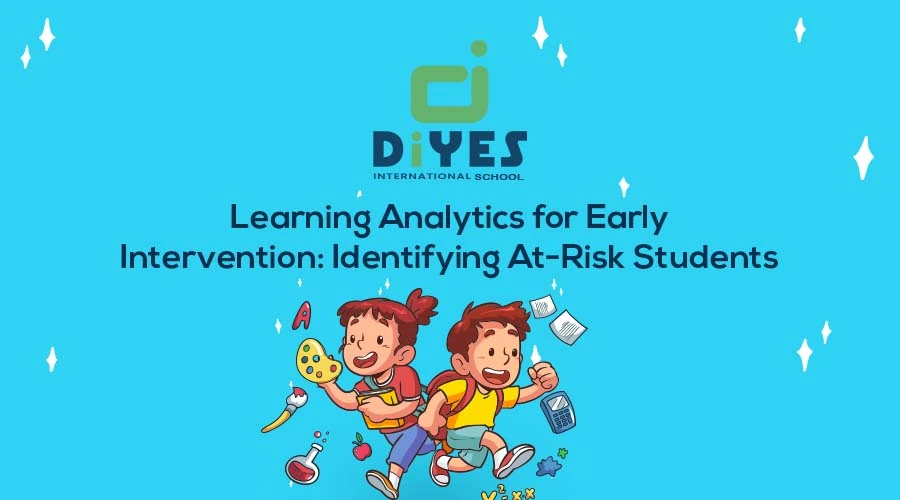In the educational sector, the integration of technology has emerged as a transformative force. Amidst this technological evolution, understanding the characteristics of at-risk students is crucial. Learning Analytics, a powerful tool in this digital era, has the potential to redefine how educators identify and support at-risk students. This blog delves into the profound impact of Learning Analytics, specifically focusing on its role in early intervention strategies. To comprehend the significance of Learning Analytics, it’s essential to explore what defines an at-risk student.

Learning Analytics goes beyond technological innovation; it represents a strategic approach empowering educators to identify and support at-risk students proactively. Understanding at-risk students in the classroom is pivotal for effective intervention strategies. This blog delves into the world of Learning Analytics, uncovering how data-driven insights contribute to early intervention strategies. From predictive modelling to real-time monitoring, this blog sheds light on the multifaceted applications of Learning Analytics. Delving into at-risk students’ characteristics enhances the precision of these data-driven interventions.
The narrative concludes by highlighting its significance in nurturing a responsive educational environment. Recognizing the unique challenges faced by at-risk students in the classroom is integral to nurturing a supportive learning atmosphere.
Understanding Learning Analytics
Learning Analytics involves the systematic collection, analysis, and interpretation of data related to student learning and performance. This section delves into the core principles of Learning Analytics and its applications in early intervention, emphasizing its role in providing educators with valuable insights to identify potential challenges before they escalate.
- Data-Driven Insights: At the core of Learning Analytics lies the utilization of data to gain comprehensive insights into student behaviour, engagement, and performance. By analysing patterns and trends, educators can identify students who may be at risk of falling behind academically. This data-driven approach provides a nuanced understanding of each student’s learning journey, allowing for tailored interventions.
- Predictive Modelling: Learning Analytics goes beyond hindsight; it employs predictive modelling to forecast potential academic challenges. Through the analysis of historical data and the identification of patterns, educators can proactively intervene to address issues before they impact a student’s academic progress. Predictive modelling becomes a powerful tool for creating targeted strategies for at-risk students.
- Real-Time Monitoring: One of the distinctive features of Learning Analytics is its ability to offer real-time monitoring of student progress. Continuous tracking of academic performance and engagement metrics allows educators to promptly identify signs of struggle. Real-time monitoring enables timely interventions, ensuring that students receive the support they need precisely when it matters.
Understanding Learning Analytics is akin to unlocking a treasure trove of insights that can revolutionize how educators approach student support. The emphasis on data-driven insights, predictive modelling, and real-time monitoring positions Learning Analytics as a proactive and responsive tool for identifying and addressing academic challenges early on.
Applications of Learning Analytics in Education
Learning Analytics finds multifaceted applications in education, ranging from personalized learning pathways to improving overall learning experiences. This section explores how Learning Analytics can be leveraged to create a more adaptive and student-centric educational environment.
- Personalized Learning Pathways: Learning Analytics enables the creation of personalized learning pathways for each student. By understanding individual learning styles, preferences, and challenges, educators can tailor instructional strategies to meet the unique needs of students. This personalized approach enhances student engagement and comprehension, contributing to overall academic success.
- Early Warning Systems: A significant application of Learning Analytics is the development of early warning systems. These systems use data indicators to identify students who may be at risk of academic challenges. Early warning systems prompt timely interventions, such as additional tutoring or counselling, to address issues before they escalate. This proactive approach is instrumental in nurturing a supportive learning environment.
- Resource Allocation: Learning Analytics aids in efficient resource allocation within educational institutions.By analysing data on student performance, educators can identify areas where additional resources or support may be needed. This strategic allocation ensures that interventions are targeted and resources are optimized to support the diverse needs of students.

The applications of Learning Analytics extend beyond data analysis; they encompass the transformation of education into a dynamic and responsive ecosystem. From personalized learning journeys to early intervention strategies, Learning Analytics becomes a catalyst for creating an educational environment that prioritizes the success and well-being of every student.
Challenges and Considerations in Implementing Learning Analytics
While Learning Analytics offers transformative potential, its implementation comes with challenges and considerations. This section explores ethical considerations, data privacy concerns, and the importance of a balanced approach to ensure the responsible use of Learning Analytics.
- Ethical Considerations: Learning Analytics raises ethical considerations related to data usage and student privacy. It is imperative for educational institutions to establish ethical guidelines that prioritize the responsible and transparent use of student data. Educators must navigate the balance between leveraging data for interventions and respecting the rights and privacy of students.
- Data Privacy Concerns: The collection and analysis of student data for Learning Analytics necessitates a robust framework for data privacy.Educational institutions must implement stringent measures to protect student information, ensuring compliance with data protection regulations. Transparent communication about data usage and privacy policies is vital to building trust among students, parents, and educators.

- Balanced Approach: Achieving a balanced approach in implementing Learning Analytics involves considering both its benefits and potential risks. Striking the right balance involves aligning the use of data with educational goals, ensuring that interventions are constructive and respectful. A thoughtful and balanced implementation ensures that Learning Analytics remains a tool for empowerment rather than a source of stress or undue pressure.
The challenges and considerations in implementing Learning Analytics underscore the importance of a thoughtful and ethical approach. By addressing issues related to ethics, data privacy, and maintaining a balanced perspective, educational institutions can harness the full potential of Learning Analytics while prioritizing the well-being and rights of students.
Conclusion
In essence, the integration of technology has become a transformative force, with Learning Analytics at the forefront. This powerful tool has the potential to redefine how educators identify and support at-risk students, making early intervention strategies more precise and effective. By harnessing data-driven insights, educators can proactively tailor interventions, ensuring every student receives timely support for academic success.
Learning Analytics goes beyond mere technological innovation; it represents a strategic approach that empowers educators to identify and support at-risk students proactively. From predictive modelling to real-time monitoring, this blog sheds light on the multifaceted applications of Learning Analytics, emphasizing its role in providing educators with valuable insights to identify potential challenges before they escalate.
Understanding Learning Analytics involves unlocking a treasure trove of insights that can revolutionize how educators approach student support. The emphasis on data-driven insights, predictive modelling, and real-time monitoring positions Learning Analytics as a proactive and responsive tool for identifying and addressing academic challenges early on.
Applications of Learning Analytics in education extend from personalized learning pathways to improving overall learning experiences. This tool enables the creation of personalized learning journeys for each student, contributes to the development of early warning systems, and aids in efficient resource allocation within educational institutions.
While Learning Analytics offers transformative potential, its implementation comes with challenges and considerations. Ethical considerations, data privacy concerns, and the importance of a balanced approach are crucial aspects to address. Educational institutions must establish ethical guidelines, implement stringent measures for data privacy, and strike a balance between leveraging data for interventions and respecting the rights and privacy of students.
Learning Analytics stands as a beacon of innovation in the realm of education. Its transformative potential, when harnessed responsibly, not only identifies and supports at-risk students but also shapes a dynamic and responsive educational ecosystem. As educational institutions navigate the digital era, thoughtful implementation of Learning Analytics becomes paramount, ensuring that it remains a tool for empowerment, contributing to the overall success and well-being of every student.
DiYES International School stands as a testament to the transformative impact of Learning Analytics when integrated into an educational ethos committed to holistic development. By prioritizing personalized interventions, creating a student-centric environment, and embracing continuous improvement, DiYES exemplifies the positive potential of Learning Analytics in nurturing academic success and personal growth.
To explore more about how DiYES International School integrates Learning Analytics for personalized student interventions, visit www.diyesinternational.edu.in or contact us at +918547609000.


